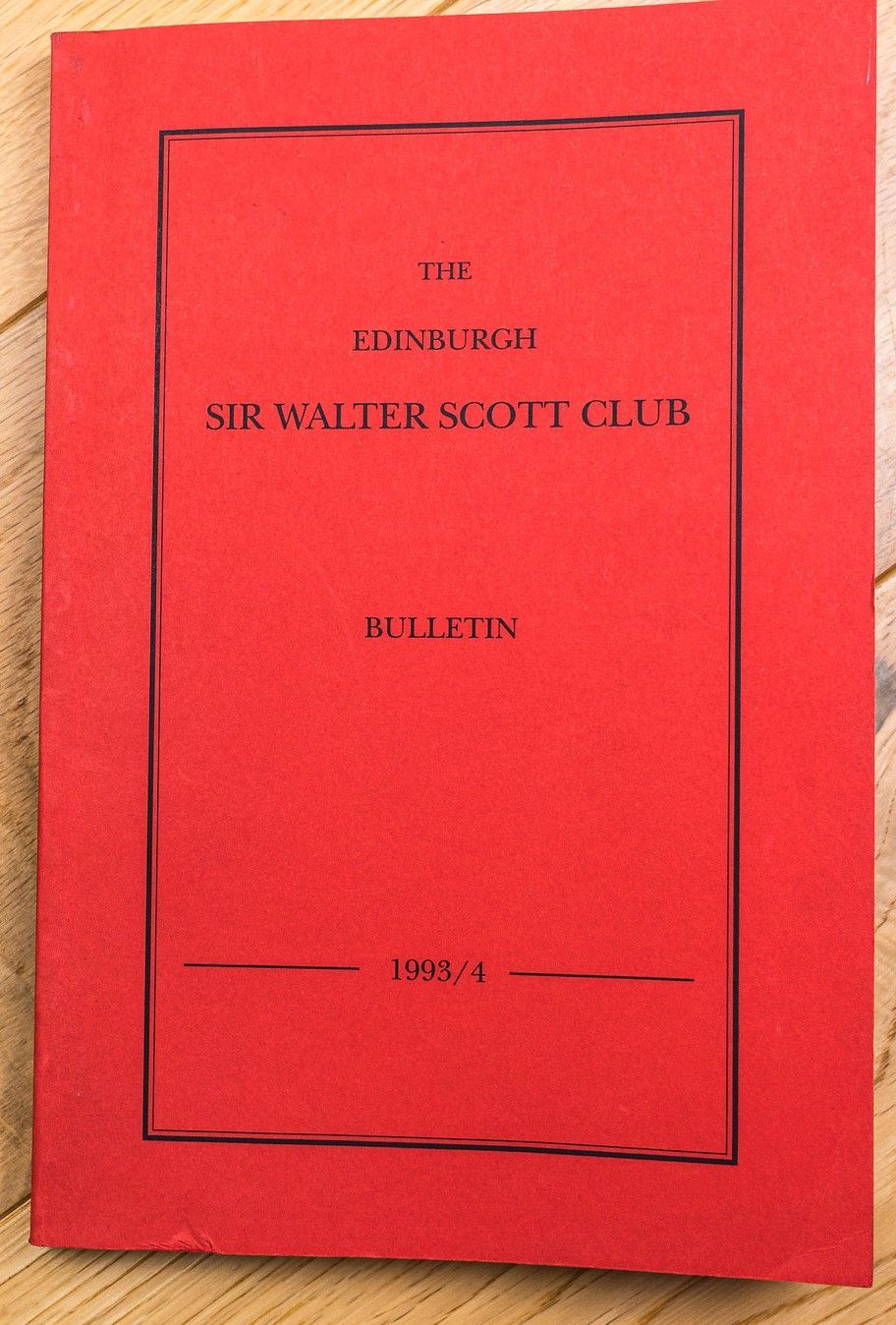Scott and the Victorians
Thursday 6th May 1993
Summary of the Talk:
The talk explores how the Victorians engaged with the figure of Sir Walter Scott, both as a literary figure and as a man. Millgate highlights the complex relationship between the Victorians and Scott, moving beyond a simple admiration for his work to an exploration of how they came to terms with his public and private life.
Key points include:
- Scott’s Influence on Literature: Millgate mentions how Scott impacted Victorian writers, such as Dickens and George Eliot, with his narrative style and use of character tropes. He also influenced the historical and regional novel genre.
- Victorian Biographies: The talk emphasizes the importance of John Gibson Lockhart’s biography of Scott, which was published in 1837-1838, as a critical text in shaping Victorian perceptions of Scott. Millgate argues that this biography was a turning point in understanding the intersection of Scott’s literary persona and his private life.
- Comparison with Byron: Scott’s life and works were often juxtaposed with those of Lord Byron. Millgate discusses how the Victorians admired Scott's steady character and work ethic, especially in contrast to Byron’s tumultuous life and self-dramatization. She explores how Byron’s works were inherently tied to his personality, while Scott maintained a more reserved and private persona.
- The Ideal Victorian Artist: Scott became an archetype for the Victorian artist, embodying the virtues of industriousness, moral integrity, and modesty. Millgate contrasts Scott’s public persona with the more self-indulgent figure of Byron, showing how the Victorians preferred the "healthier" qualities Scott embodied.
- Scott’s House, Abbotsford: Scott’s home, Abbotsford, became a symbol of his legacy and his engagement with both literature and public life. Millgate discusses how Abbotsford, with its blend of personal and literary significance, transformed into a tourist destination, contributing to the commercialization of Scott’s image.
- Legacy and Critique: Millgate also addresses critiques of Scott, particularly from figures like Thomas Carlyle and Macaulay, who appreciated Scott’s literary output but questioned his philosophical depth. Carlyle, for example, admired Scott's "healthiness" but critiqued the lack of spiritual or intellectual depth in his work.
Interesting Points:
- Scott as a "Workhorse" vs. Byron’s "Star": One striking contrast Millgate draws is between Scott’s relentless productivity, which was often seen as more “workmanlike,” and Byron’s more self-dramatizing, personal brand of art. The Victorians admired Scott for his dedication but were sometimes sceptical of his approach to fame and fortune, whereas Byron was seen as embodying the tortured artist trope.
- The Tourist Phenomenon: Scott’s works not only shaped literary history but also contributed to the rise of literary tourism in Scotland. Millgate discusses how his home and the landscapes featured in his novels became major destinations for Victorian tourists.
- Scott's Legacy of Modesty: One of the intriguing contradictions in Scott's image is how, despite his enormous literary fame, he maintained a relatively modest public persona. His decision to write under the pseudonym “Author of Waverley” and his efforts to maintain a distance between his public and private lives stand in stark contrast to Byron’s more open and dramatic public image.
In summary, Professor Millgate’s talk provides a deep dive into how the Victorians processed Scott’s legacy, focusing not only on his works but on the personal and historical narratives that shaped his image. It raises interesting questions about how fame, personal identity, and literary legacy interact in the Victorian context.
Download the [transcript] or read the [bulletin]

Download the [transcript] or read the [bulletin]


